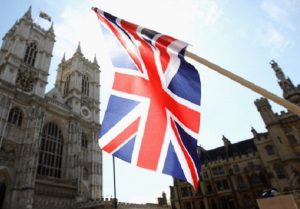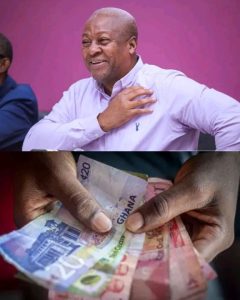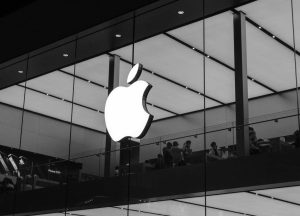Why is TikTok back after being banned for one day?
4 min readTikTok is back in the U.S. after being briefly banned over the weekend due to a law upheld by the Supreme Court, which blocked the app for national security concerns. The ban followed a decision to prevent TikTok’s Chinese owner, ByteDance, from allegedly using the app to harvest personal data from American users. However, following pressure from President-elect Donald Trump, TikTok resumed services after just one day, thanking him for his “efforts” in restoring the app. Despite being active for current users, TikTok was still unavailable for download from the app stores.
The law, which was set to take effect on Sunday, was upheld by the Supreme Court on Friday. It was designed to curb the potential influence of China on U.S. citizens’ data. The law required ByteDance to sell its U.S. operations or face a ban. TikTok users in the U.S. were greeted with a message stating, “Unfortunately, that means you can’t use TikTok for now,” when they tried to access the app on Saturday evening. By Sunday, however, the service was restored, accompanied by a message: “Thanks for your patience and support. As a result of President Trump’s efforts, TikTok is back in the U.S!”
On Sunday, Trump, using his social media platform Truth Social, stated that he would issue an executive order to extend the timeline for the ban, giving TikTok more time to negotiate a deal for U.S. ownership of the app. Trump proposed a solution where the U.S. could hold 50% ownership in TikTok through a joint venture, thus allowing the app to continue operating while ensuring national security. TikTok CEO Shou Zi Chew was expected to attend Trump’s inauguration on Monday, signaling his efforts to resolve the situation.
An executive order, once signed by the president, holds legal weight and could temporarily delay the ban. It is unclear whether Trump’s proposed order would allow TikTok to stay active for longer or if it would directly oppose the Supreme Court’s decision. There is also speculation that Trump’s government may follow the Biden administration’s approach and simply not enforce the ban.
However, there is still uncertainty surrounding what action the Department of Justice (DoJ) will take. Although Trump’s order could keep the app running, it might not prevent future legal challenges or issues with companies like Apple and Google, which had previously been warned about hosting the app. Despite the mixed signals from the government, TikTok’s CEO has expressed a willingness to work with U.S. authorities on a long-term solution.
The fate of TikTok’s U.S. operations remains uncertain, especially since ByteDance has repeatedly refused to sell the app. In the past, major figures, such as former Treasury Secretary Steven Mnuchin and billionaire Frank McCourt, have shown interest in purchasing TikTok, though no concrete deals have been made. Furthermore, there are even more unexpected potential buyers, including Jimmy “MrBeast” Donaldson, a YouTuber with significant influence, who claimed that he had been approached by billionaires about purchasing the platform.

Meanwhile, ByteDance’s other apps have also been affected by the ban. While TikTok resumed its service for existing users, other apps owned by the company, including Lemon8 (a social media platform similar to Pinterest) and CapCut (a video editing app), remain unavailable in the U.S. Additionally, a game by ByteDance’s subsidiary, Marvel Snap, also went offline unexpectedly, leaving its developers scrambling to restore service.
As TikTok’s future hangs in the balance, U.S. users have been exploring alternatives. With 170 million active U.S. users and more than 51 minutes of daily engagement per user, TikTok’s absence has left a gap in the social media landscape. Instagram Reels and YouTube Shorts are expected to benefit, as brands may redirect their advertising dollars to these platforms if TikTok remains unavailable. Twitch, a platform known for livestreaming, could also see increased traffic, particularly from users seeking similar features to those on TikTok. Furthermore, other Chinese-owned platforms like Xiaohongshu, also known as RedNote in the U.S., have seen rapid growth in the U.S. and the UK.
Despite the ongoing uncertainty, the short-form video app remains an influential player in the social media market, and its future could shape the competitive dynamics between major tech companies. As the situation continues to evolve, TikTok’s survival in the U.S. hinges on complex negotiations and government decisions that will likely impact both its operations and its competitors.








